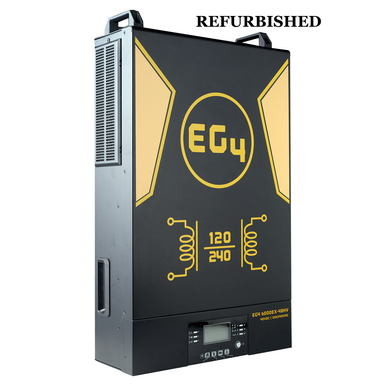georgia088
New Member
I have a house that sits about 400-500 feet from an open 1 acre field. I live in area where (as far as I can tell) does not offer net metering services. I use approximately approximately 40kwh - 50kwh per day. The house is surrounded by trees and I would prefer not to add panels on the roof. I do however have a relatively flat portion of roof that I would consider adding panels to that covers about 350 square feet and would receive about 4-5 hours of sun I am guessing. I have some knowledge of lithium batteries and have built several 48v battery packs that I have been very pleased with. I have a couple of questions as to IF I would ever see monetary gains by going "off grid" and what would be the best method. I am in georgia. The only way I would consider doing it is if I did it myself.
If I were to try to go off grid, I realize 400-500 feet is a long ways. I already have wire buried from this 1 acre field to my panel. The wire I believe is 4 gauge aluminum. Because AC voltage travels better with less voltage loss than DC, would I be better off with the inverter near the panels? Or, would the DC voltage from the panels be ok traveling this distance and the inverter close to the house/panel/battery pack?
What size/ kind of inverter would I need?
Would I ever come out financially?
Any input is appreciated!
Thanks
If I were to try to go off grid, I realize 400-500 feet is a long ways. I already have wire buried from this 1 acre field to my panel. The wire I believe is 4 gauge aluminum. Because AC voltage travels better with less voltage loss than DC, would I be better off with the inverter near the panels? Or, would the DC voltage from the panels be ok traveling this distance and the inverter close to the house/panel/battery pack?
What size/ kind of inverter would I need?
Would I ever come out financially?
Any input is appreciated!
Thanks




